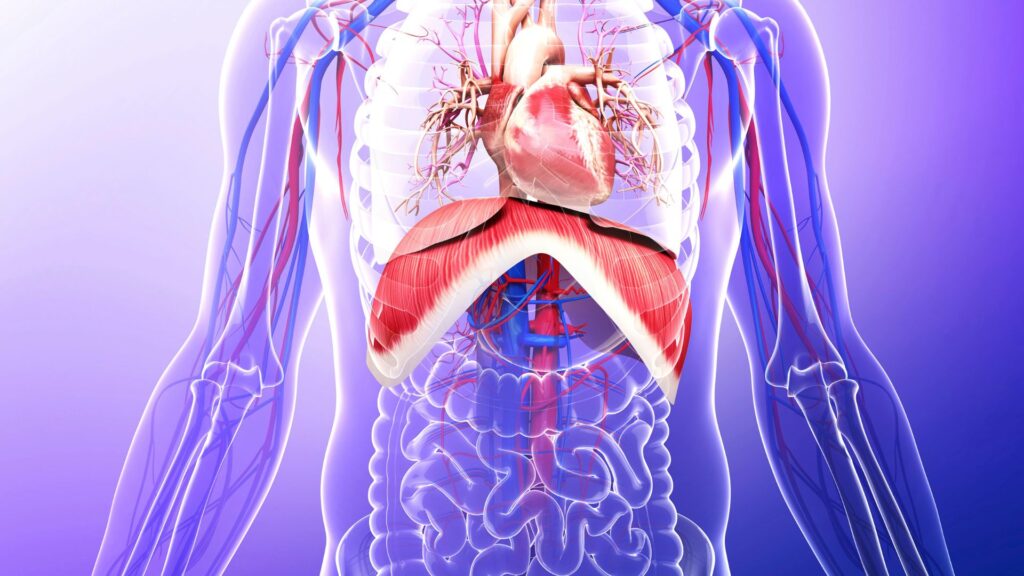This post reviews an article written in 2024 (link to article) that studied the effect of breathing exercises with biofeedback on blood pressure in pre-hypertensive women.
According to the authors, pre-hypertensive women are significantly more likely to develop hypertension or serious cardiovascular disease (CV). These conditions are associated with autonomic nervous system abnormalities like sympathetic overactivity and parasympathetic withdrawal. The objective of the study was to investigate if specific breathing exercises with biofeedback would have a positive impact on blood pressure.
The authors propose that breathing exercises combined with biofeedback (e.g., heart-rate variability; sweat or skin galvanic response; and respiratory rate) can help and have a positive impact on blood pressure and the management of hypertension. This in part is because certain breathing exercises activate the parasympathetic nervous system and this has the subsequent impact of lowering the sympathetic activity. This affects factors such as heart rate, respiratory rate, blood pressure through diaphragmatic stretch and associated vagal stimulation. The authors also suggest that biofeedback-assisted training can have an additional positive impact compared with only doing breathing exercises: participants can recognise changes in their physiological signals apparent through real-time digital displays and adapt their breathing accordingly.
The study assessed 30 individuals. Half performed the slow abdominal breathing exercises only and the other half performed the slow abdominal breathing exercises with biofeedback. The research found that SBP (Systolic Blood Pressure) decreased significantly in both groups. This, according to the authors, is because slow abdominal breathing causes arteriolar dilation as well as supressing sympathetic nervous activity and chemoreflex activation. Systolic blood pressure decreases as a result of increasing parasympathetic activity and baroreflex. The authors also conclude that the results agree with previous studies that suggest that using biofeedback together with breathing exercises is more effective in decreasing blood pressure than breathing exercises alone.
To sum up, the researchers propose that breathing exercises combined with biofeedback are beneficial in lowering blood pressure in middle-aged pre-hypertensive women.
The important point here, perhaps, is not just that using biofeedback technology can improve the effectiveness of slow abdominal breathing on blood pressure, but that fact that in both groups slow abdominal breathing exercises had a positive impact on blood pressure.
Also, although the study used modern-day technology to measure and display bio-feedback during the study, combining slow abdominal breathing with simple bio-feedback does dot require expensive technology or any technology at all. Although not a measure of blood pressure, you can perform deep abdominal breathing and get biofeedback by monitoring your heart rate (measuring your pulse at the wrist or neck). You will notice as you breathe in and activate the sympathetic nervous system that your pulse rate increases, and as you breathe out your pulse rate decreases coinciding with the activation of the parasympathetic nervous system.
As the study suggest, activating the parasympathetic nervous system helps lower blood pressure and this is associated with a slowing of the heart rate. One way to emphasise parasympathetic activation is to spend more time exhaling than inhaling, as the sympathetic nervous system is activated when inhaling and the parasympathetic nervous system is activated when exhaling.
According to ancient pranayama texts, when doing deep breathing you should try to aim for a inhalation-exhalation ratio of 1:2. So, if you breathe in for 3 seconds try to breathe out for 6, or if you breathe in for 4 breathe out for 8. But don’t overdo it. If you can’t manage 3:6 or 4:8 you can start with even ratios (e.g., 3:3 or 4:4) and build from there. Take your time.
In The 5-Day Breathwork Challenge there are simple and easy-to-understand instructions on how to do both abdominal breathing and full deep yogic breathing, both of which activate the parasympathetic nervous system and help lower blood pressure.
Always consult a medical expert before doing any breathing exercises, especially if you have any underlying health issues or concerns such as high blood pressure.
The article referred to in this post can be found here.
